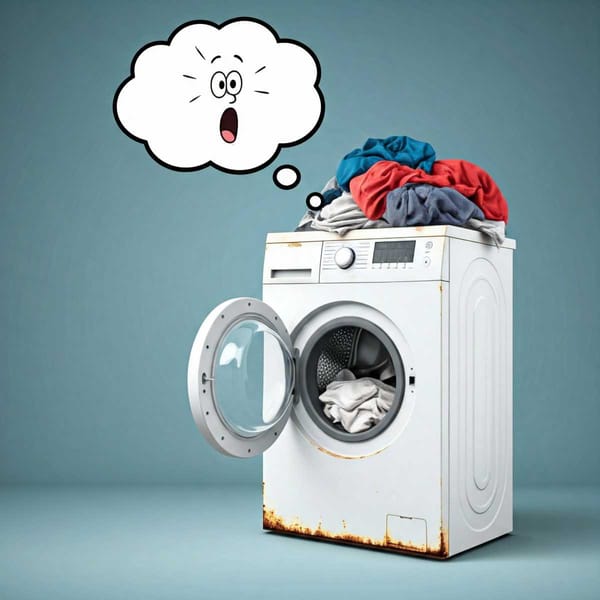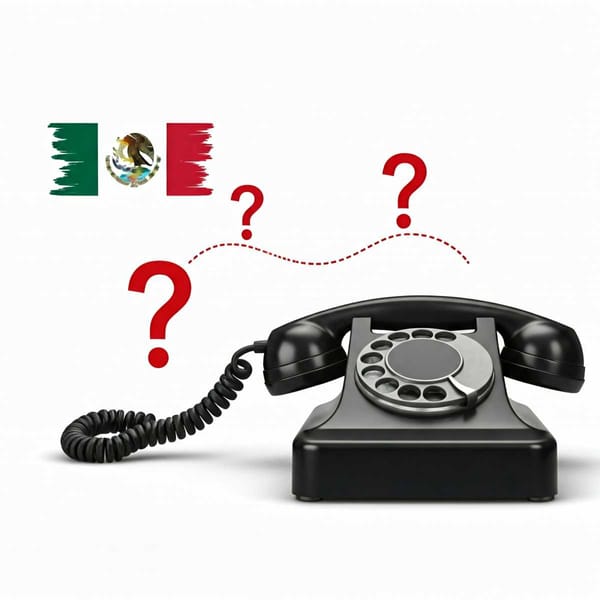Tips for choosing safe Christmas presents for children
As Christmas and the holiday season approaches, we want to urge you to create safe gifts for children. Here are nine guidelines for determining the safety of presents.

As Christmas and the season of giving get closer, we want to remind you to get safe gifts for the kids who are most excited about Santa Claus. Toys that look fun and encourage creativity can be dangerous, and sports gear bought without enough safety gear can hurt children. Here are nine ways to tell how safe a gift is.
Recommendations for Buying Child-Friendly Christmas Presents
Always check the labels of toys and only give things to children of the right age. Also, assess the child's ability and skill level with the toy, and if in doubt, choose another gift.
Magnets and toys with magnets should be avoided. Children, both older and younger, have swallowed more than ten small magnets, both intentionally and unintentionally. But it only takes two magnets to cause gastrointestinal damage and serious long-term health problems. If not treated in time, magnet ingestion can be fatal, as holes form in the intestine, causing internal bleeding and intestinal contents to leak into the abdominal cavity.
Consider whether or not to give battery-powered toys. Even seemingly large batteries can be swallowed by children and become deadly once they enter the stomach. If you give a child a battery-operated toy, make sure the child cannot access it. The battery panel should be securely screwed in and cannot be opened by the child.
If you give a bicycle, roller skates, or any other vehicle, also give a helmet. Head injuries are very, very dangerous to a child's life. Don't forget other equipment: knee, elbow, and wrist pads; mouth guards, all of which can protect your child from pain and injury.
If your child expresses a desire to have a pet, do not give in to his or her first whim.
Every year, children are injured by animal bites. Think about whether you will always be with your child and not leave them alone with a pet. Remember that any pet means a serious change in the family's daily routine, and you will also be responsible for the pet's health and well-being for many years to come.
If you give a trampoline, make sure it has a safety net and that it can be used on the lawn rather than a hard surface. When installing the trampoline, include a clear and simple reminder that it must only be jumped on alone. Also, think about how to ensure that people cannot get under the trampoline; this is also a very dangerous place where serious injuries can occur if someone else gets caught jumping.
Make sure the gift you choose will be safe for everyone in the family. If there are younger children in the family, think about how toys with small parts will be stored for older children. Discuss this with all family members. It may be necessary to choose another toy that does not endanger the younger children, but explain to big brothers and sisters the need to protect the younger ones.
When giving children smart devices (tablets, smartphones, etc.), remember that a smart device is not a babysitter—set healthy limits on your child's screen time, limiting the total amount of time they use the smart device or access certain apps. Also, teach your child not only about data security and the importance of protecting themselves in a digital environment but also about the differences between virtual reality and real life to protect them from the trauma that can result from attempting to imitate something they see online.
When giving sweets, think about how healthy they are and perhaps choose a different gift. If you do give treats, think about possible allergies and how to make a traditional sweet packet healthier by adding dried or fresh fruit, for example. Remove age-inappropriate lollipops from store-bought packets, which can cause choking.
Thinking about child safety can also inspire gifts for other adults: for those who tend to look after children in their homes (including grandparents), you can give safe and lockable medicine boxes. Remind friends and family that medicines left in places that seem safe for adults, such as bags, pockets, or bedside tables, can be dangerous to a child's life.




